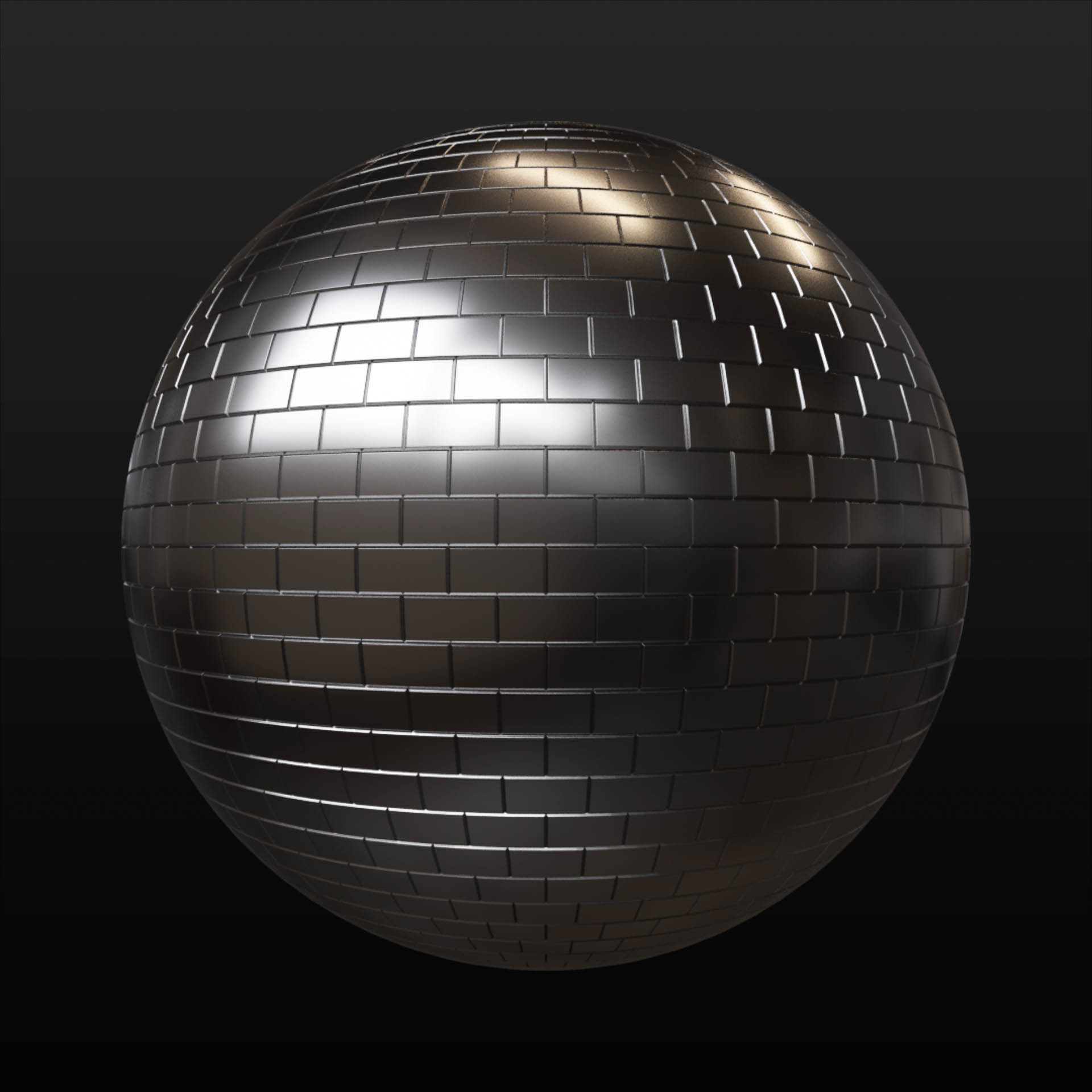
In this video, I'll cover how to make a quick reflective material using the legacy settings, and then get into how the new layered Reflectance system works starting in Cinema 4D Lite R16. There have been some major updates to how materials and reflectance works starting in Cinema 4D R16, so whether you're completely new to materials, or familiar with Materials in Cinema 4D and want to know where the hell the Reflection tab went, you'll be up to speed in no time on how 3D materials work in Cinema 4D. Please note that this older archive uses only Xpresso nodes and only includes the original 31 materials from that set.Creating custom materials in Cinema 4D or Cinema 4D Lite can be a very powerful way to drastically change how your 3D scenes appear. We also include eight AOV examples, demonstrating how to create various utility passes, such as puzzle mattes from objects or materials, creating mattes from textures and shaders using custom AOVs, and global AO & UVW passes.įor those still using Redshift 3.0, we also include an archive of the original set of materials from Redshift Essential Materials v1.

Other special cases include the Sprite node, plus Hair and Volumes. Four X-Particles examples demonstrating how to read particle attributes for rendering the XP Emitter and XP Trail objects. Using the Redshift Object tag allows you to add displacement or render splines, particles and matrices without the need for geometry. Two examples of a Multishader network allowing you to combine multiple textures in one material channel and a Material Switch example, so you can apply different materials to your Mograph objects. Create random coloured clones using one Redshift material and define the range of colours using Fields or with a Ramp. The set includes a collection of materials specific to Mograph. Explore world, camera and object space as falloff types which offer unique effects. Work with Redshift’s nodes to add wear and tear to edges, or dust settling on the top of the surface. This library is a great way to learn how particular shaders work in combination with specific objects in your scene as many of these examples also require Redshift Objects, Tags and Mograph setups to function correctly.Ĭreate dispersion, absorption and sub-surface scattering.

Each material includes remarks in the network to explain the nodes.


A collection of 62 pre-build setups for Cinema 4D which demonstrate Redshift’s most important and useful nodes.


 0 kommentar(er)
0 kommentar(er)
